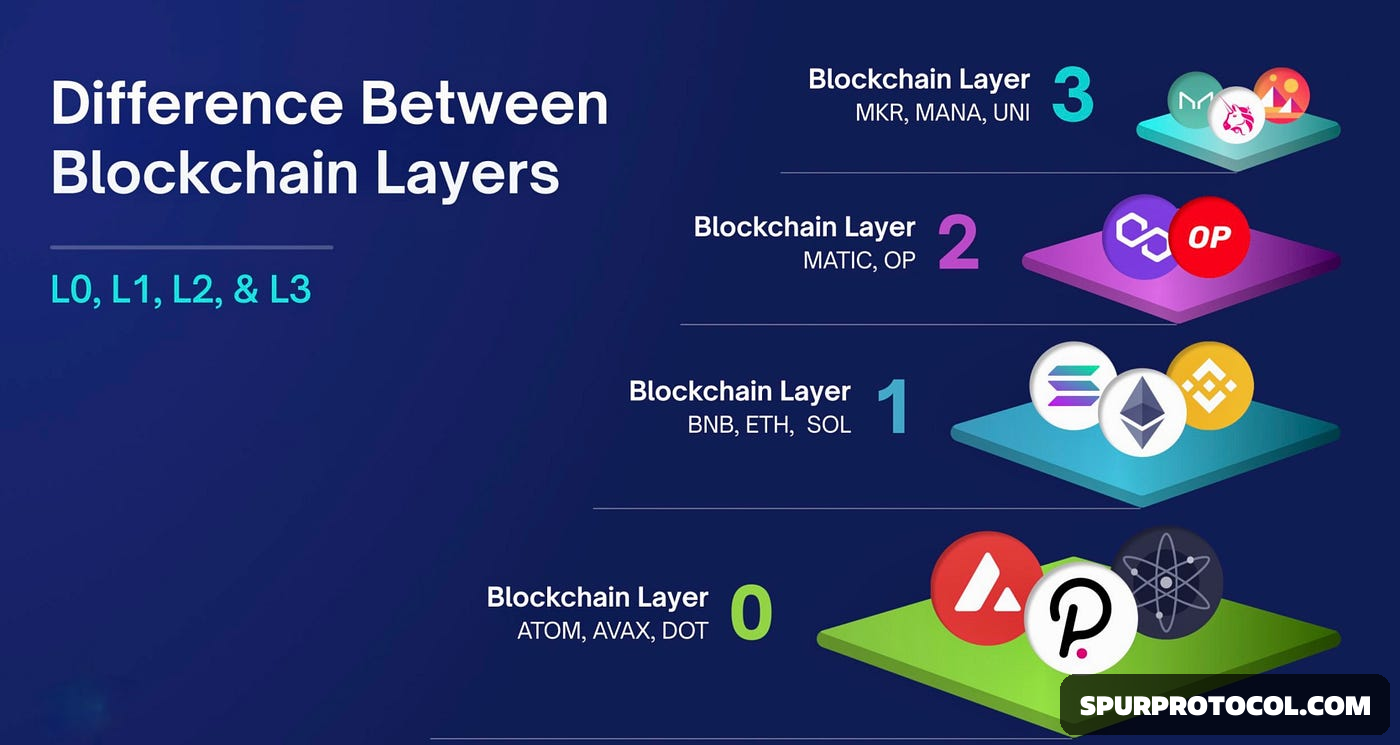Understanding Layer 1, Layer 2 & Layer 3 In Crypto: The Simple Guide
Learn the Basics of Crypto Network Layers Without the Jargon
Go Back

🕒 6:19 AM
📅 May 07, 2025
✍️ By Qa1roo
In the world of cryptocurrency, you may have heard terms like Layer 1, Layer 2, and even Layer 3. These "layers" are just ways to describe how different parts of a blockchain network work and interact. Let’s break them down in the simplest way possible.
Layer 1 – The Base Layer (Main Blockchain)
Layer 1 is the foundation. It’s the actual blockchain itself, like Bitcoin, Ethereum, or Solana. This layer handles everything: security, data, and transactions. It’s decentralized and secure, but can sometimes be slow or expensive when many people use it at once.
Examples: Bitcoin, Ethereum, Solana.
Layer 2 – The Speed Booster
Layer 2 is built on top of Layer 1 to make things faster and cheaper. It processes transactions off the main chain and then sends the results back. This reduces the load on Layer 1 and makes the whole system more efficient.
Examples: Lightning Network (for Bitcoin), Arbitrum and Optimism (for Ethereum).
Layer 3 – The User-Friendly Layer
Layer 3 is more about apps and services that make crypto easier to use. It includes things like wallets, games, and DeFi apps. Some people also say it includes cross-chain tools that help different blockchains talk to each other.
Examples: Metamask (wallet), Uniswap (DeFi), and cross-chain platforms like Polkadot.
Summary
Layer 1 = Main blockchain (slow but secure)
Layer 2 = Makes it faster and cheaper
Layer 3 = Apps and tools people actually use
Each layer plays a key role in making crypto better for everyone.

